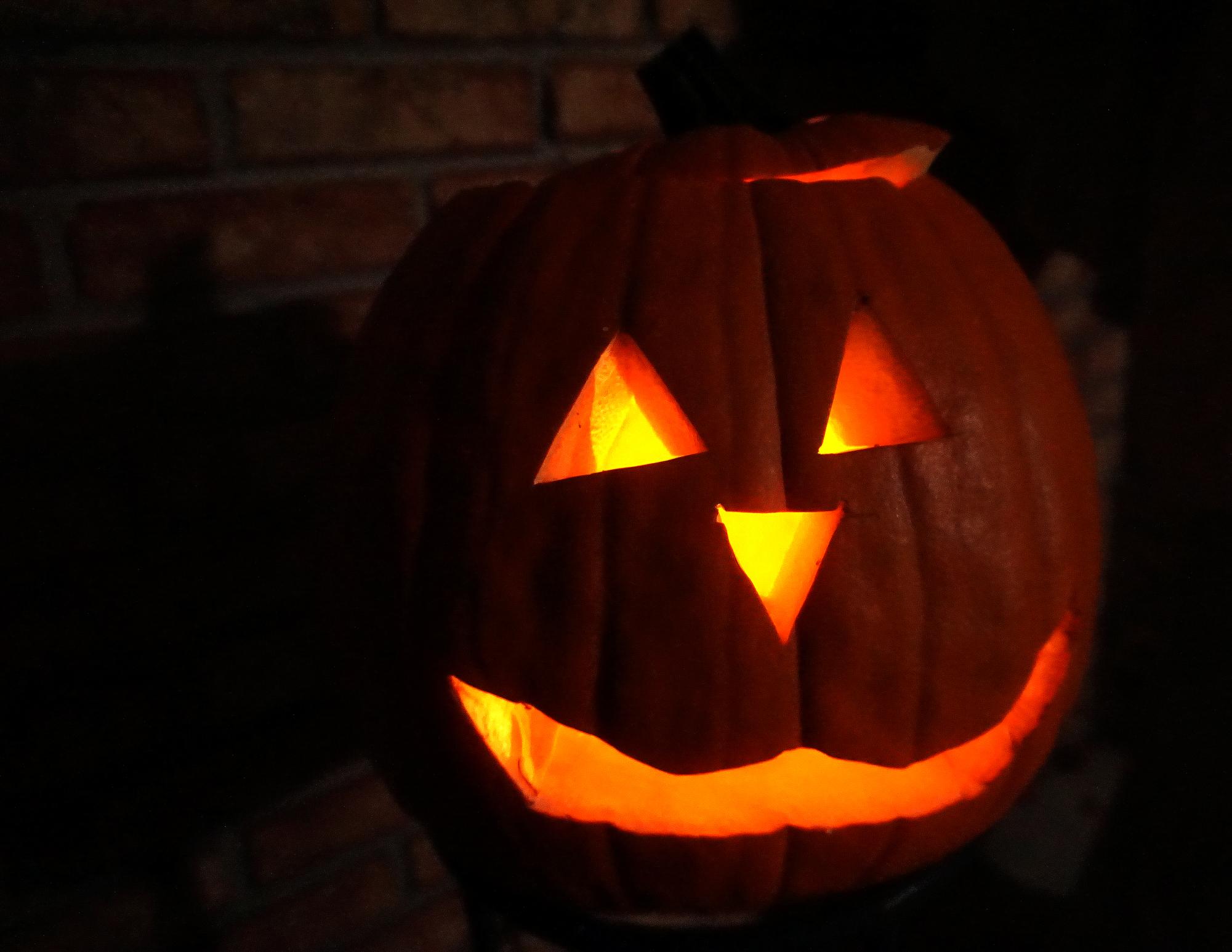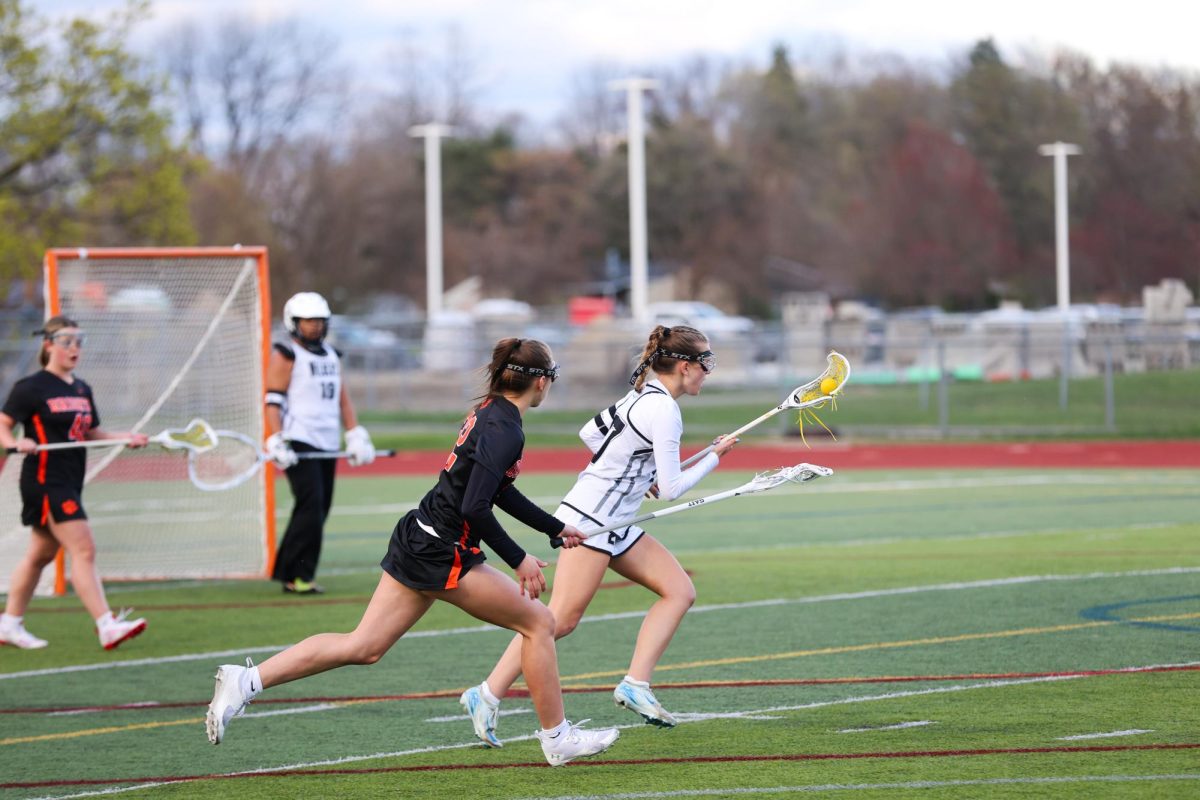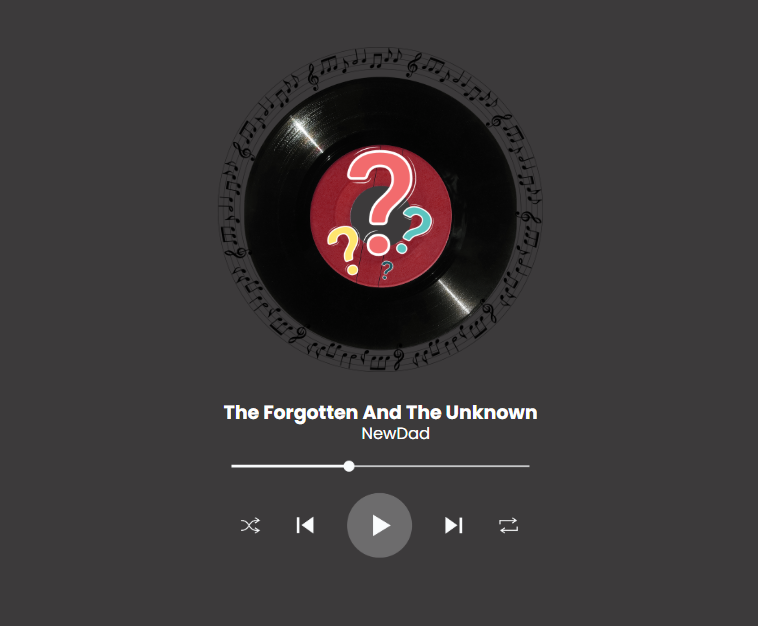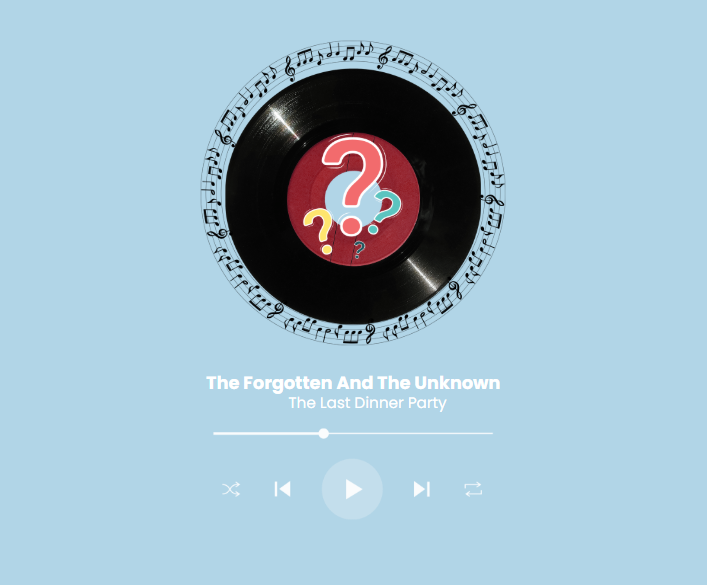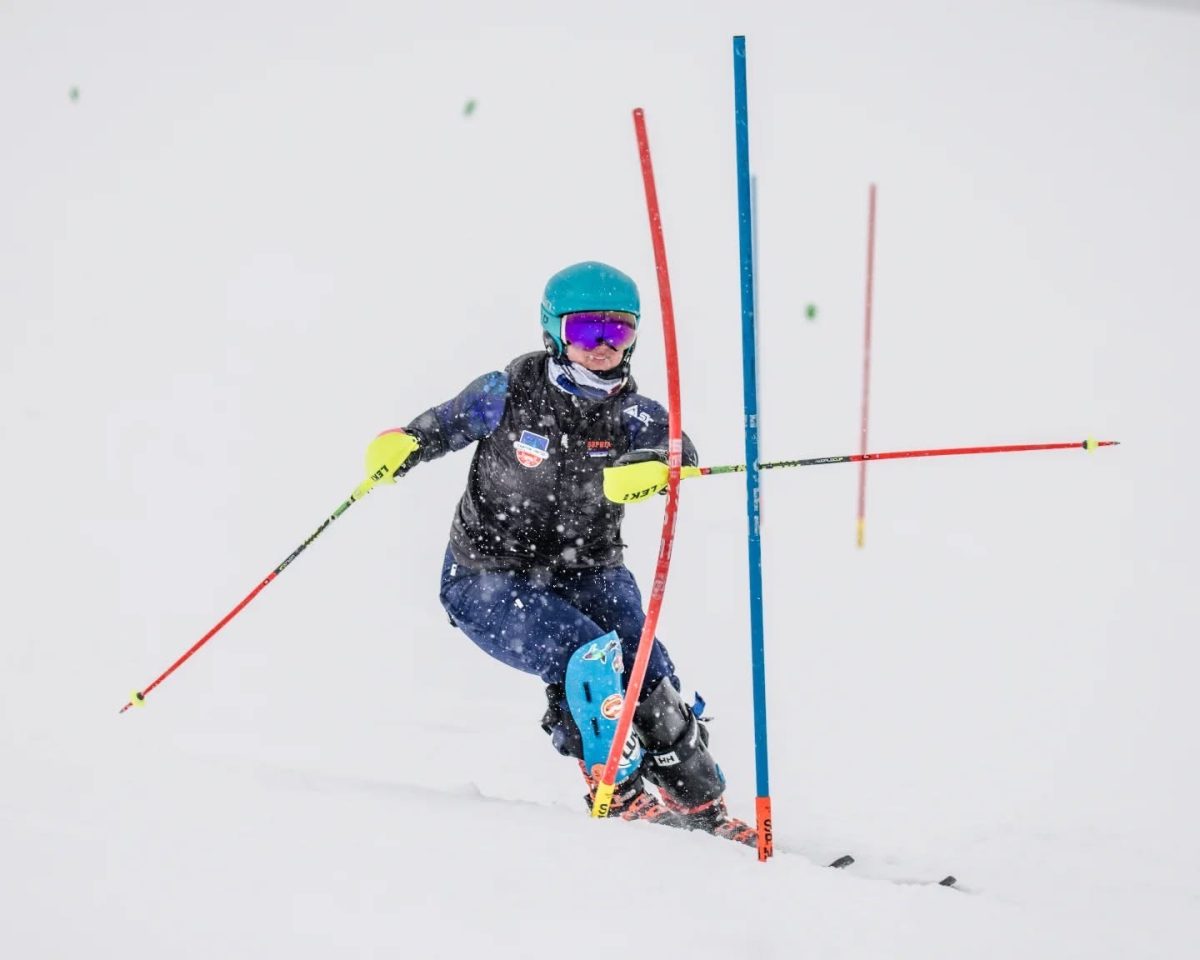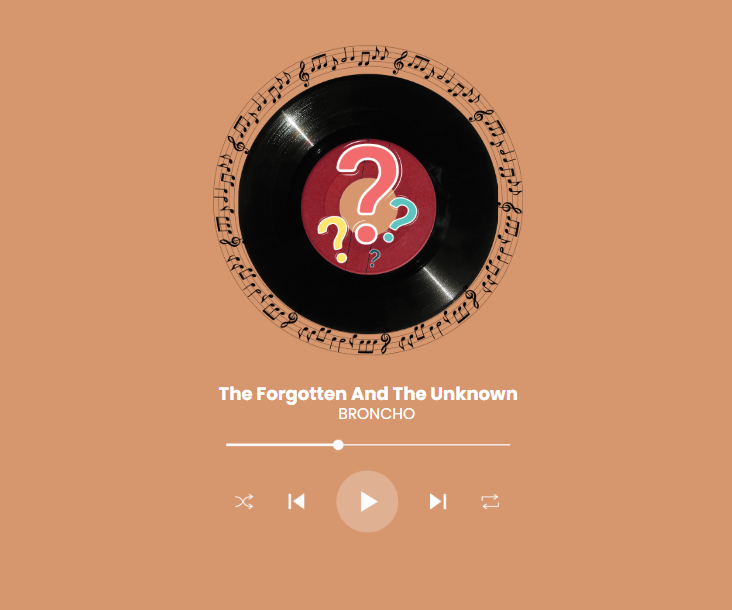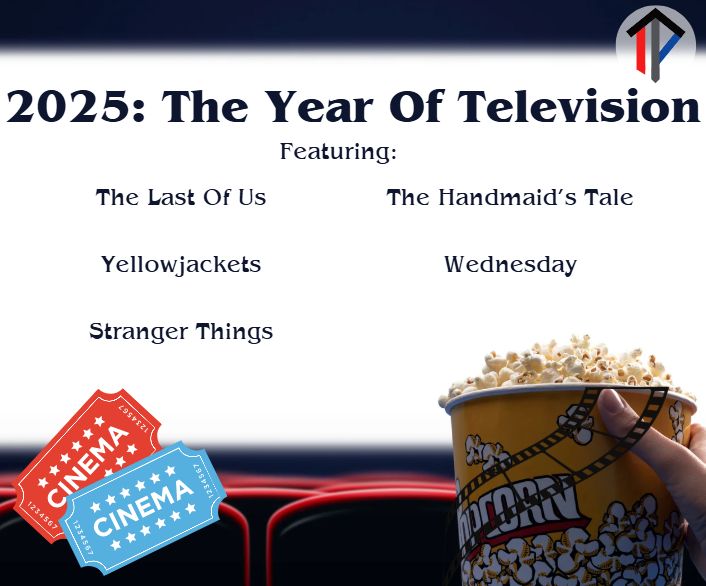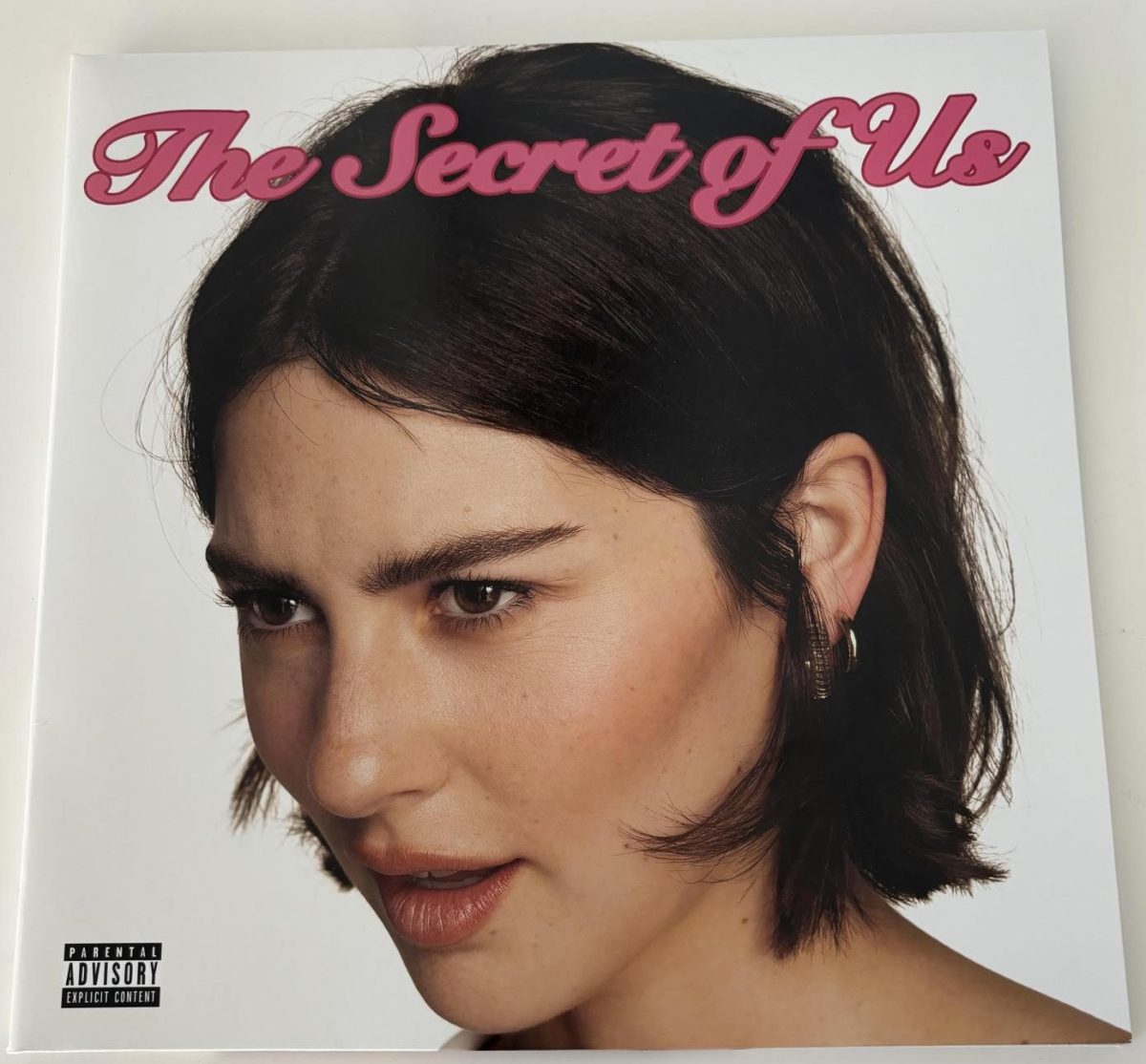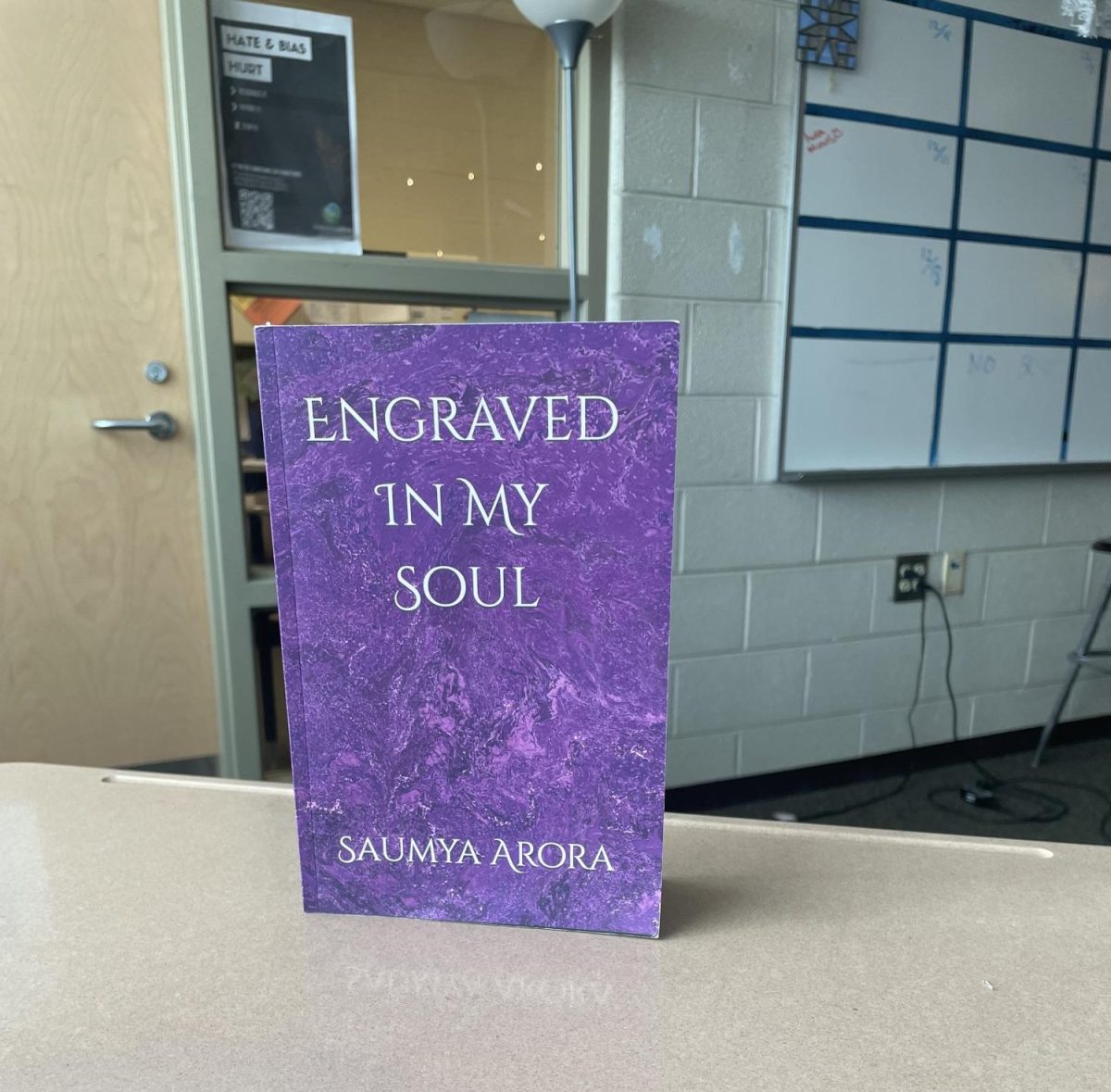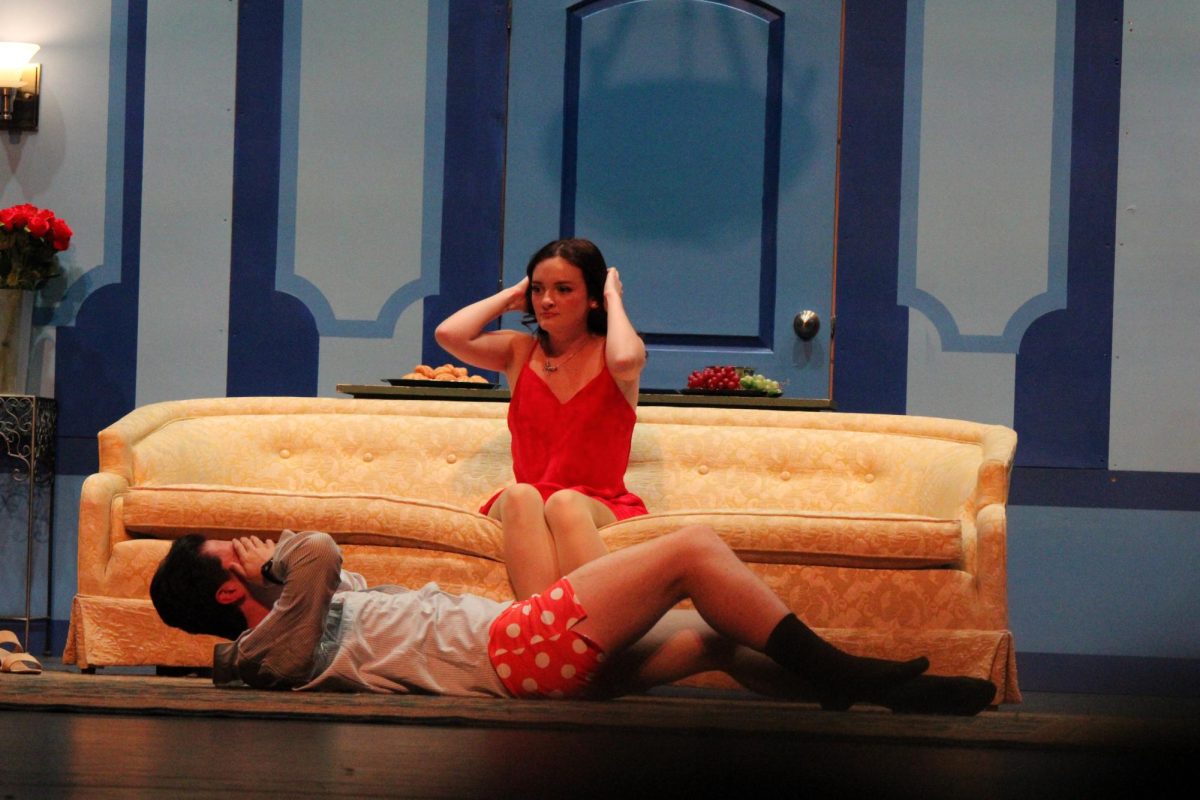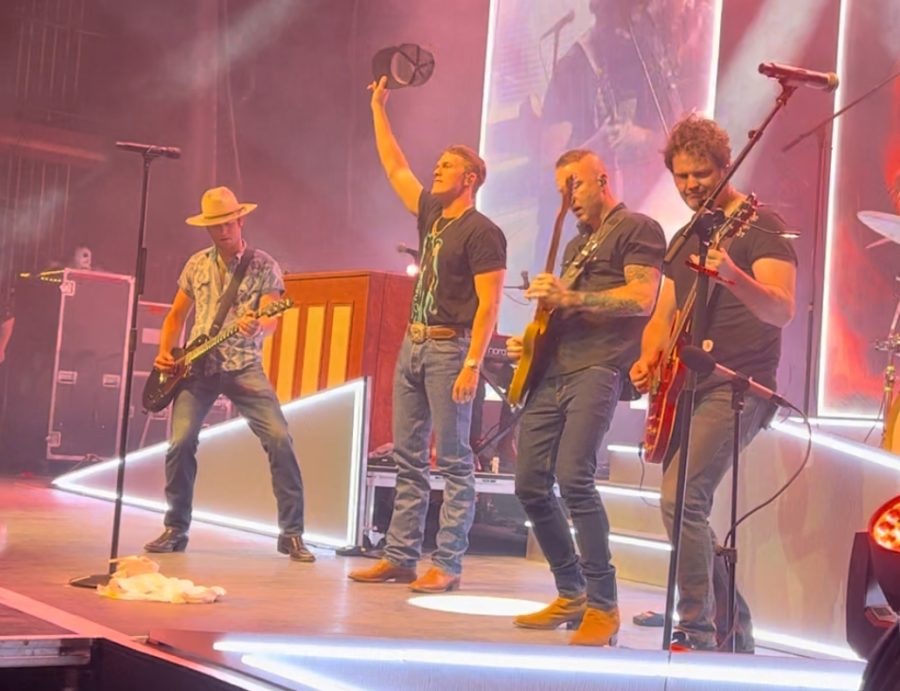Sitting at the midpoint between the autumn equinox and the winter solstice, Halloween has finally arrived. The beloved holiday rooted in the Pagan celebration of Samhain marks the end of the summer season and the beginning of a cold winter, often symbolizing human death. But in modern America, the traditions we associate with Halloween are simpler–trick-or-treating, parties, and watching scary movies.
Horror, as a genre, is relatively new. It all started with “Le Manoir du Diable” or “The House of the Devil,” a silent movie by the French filmmaker George Mellies, released in 1896. The film featured three minutes of practical effects depicting animated skeletons, transforming bats and a visual incarnation of the devil. These aspects defined the movie as the first-ever horror picture. Since then, scary movies have come a long way–in both technology and concept.
So, to understand what quintessential films have impacted the genre from “Le Manoir du Diable” to more contemporary examples like “Smile” or “Terrifier,” Salem teacher and horror movie aficionado Sam Lacorato has offered up his most eerie suggestions.
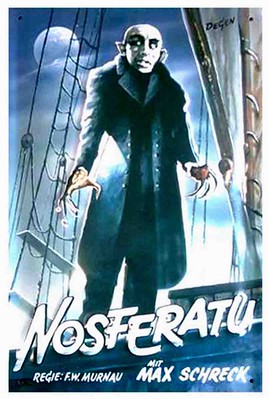
Thirty years after the origin of horror on the silver screen, another film would come out that “set the tone for the genre: “Nosferatu.” “For its time, [Nosferatu] was very creepy. Even though it was black and white, it was extra shadowy [in] the way that it was shot,” said Lacorato. “It introduced everybody around the world, on film, to the vampire.”
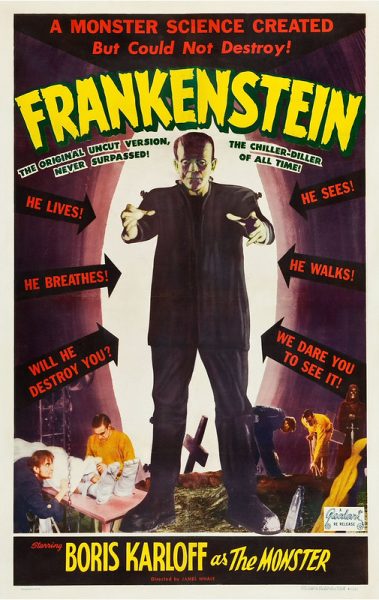
A decade later, the popular 1818 Gothic novel by Mary Shelley, “Frankenstein” would see its film incarnation under the same title in 1931. The movie featured “an iconic monster introduced onto the screen for the first time and it was one of those early Universal movies that really sparked the popularity of the horror genre,” Lacorato said. Its simple story with deep themes explored human nature within society.
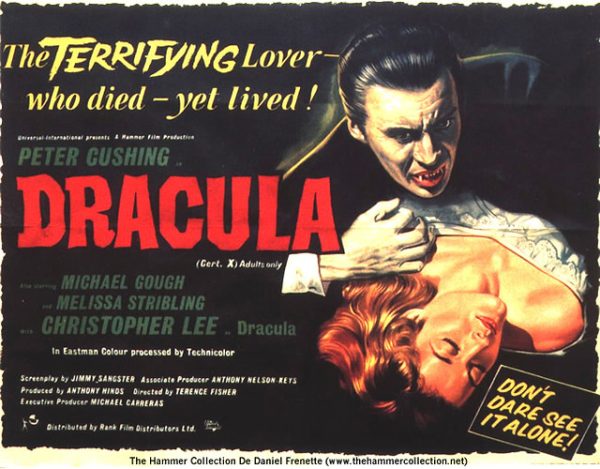
Next on the list of horror classics and one of Lacorato’s favorite 20th-century movies: “Horror of Dracula.” The British film released first in 1958 titled, “Dracula,” was renamed “Horror of Dracula” for distribution in the United States so it would not be confused with Universal Studios’ original film of the same name. “It has two of the most iconic horror movie actors that star in it–Christopher Lee as Dracula and Peter Cushing as Van Helsing the vampire hunter,” said Lacorato. “[It was] a little gorier for the time and the atmosphere, to me, is very gothic.”

Originating the slasher film sub-genre in the United States, “Psycho,” released in 1960, was incredibly influential on the horror scene, following suit with the rest of Hitchcock’s filmography. “It was a very popular movie when it came out in the ‘60s, and I think most of the slashers that came after it were based on that notion of the ‘hard-to-understand loner’ who’s taking out all the psychological turmoil on his victims,” Lacorato said. “[‘Psycho’ was] a little more complex. [There was] also the Freudian psychological Oedipus complex thing going on there between the main character, Norman Bates, and his deceased mother.”
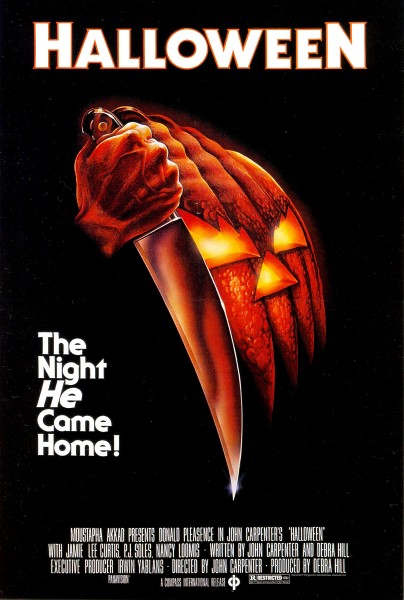
Lastly, according to Lacorato, the final key film to the genre would be John Carpenter’s “Halloween.” Hitting theaters in 1978, this macabre feature “really set the stage for the slasher movie craze of the ‘80s,” said Lacorato. “Even though ‘Halloween’ isn’t gory, it made people think of what the gore would look like if it was more intense.” The movie also laid the groundwork for future horror icons like Jason Voorhees of “Friday the 13th” and Freddy Krueger of “A Nightmare on Elm Street.” Nowadays, even for those who don’t indulge in scary movies, “Halloween” is well known as one of and possibly the quintessential film of the genre.
From the first ever scary movie, a silent picture, to present-day horror, many films have played a role in shaping the way we approach the subject. So this Halloween, catch Mr. Lacorato’s favorite flicks: “Nosferatu,”“Frankenstein,” “Horror of Dracula,” “Psycho,” and “Halloween.”
“I would say those would be my five iconic horror movies,” says Lacorato. “Happy Halloween!”



